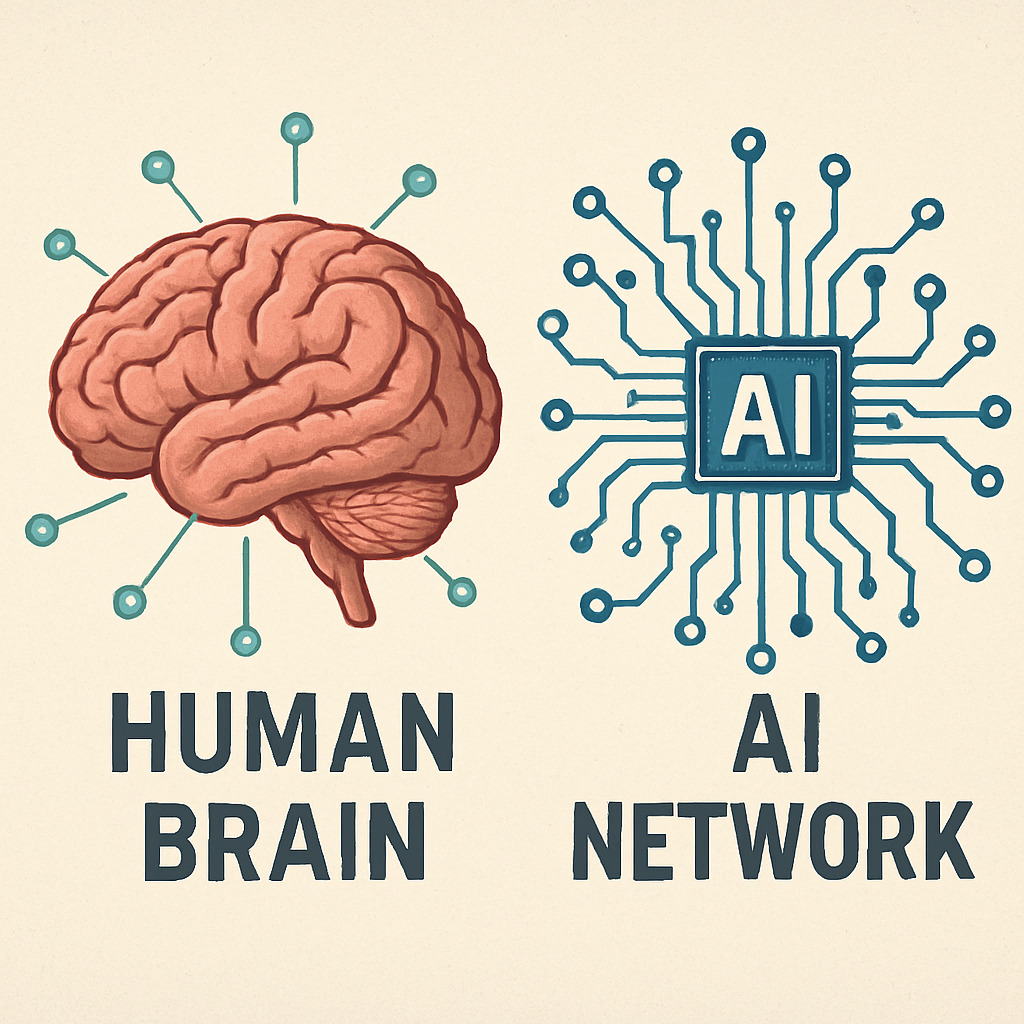In the ever-evolving landscape of technology, the convergence of human expertise and artificial intelligence (AI) is not just a possibility—it’s an imperative. Co-intelligence, the seamless collaboration between humans and AI, represents a powerful paradigm shift that promises to redefine how we work, live, and innovate. This article explores the concept of co-intelligence and why it is crucial for future business strategies.
Collaborative intelligence, or co-intelligence, is the synergistic partnership between humans and AI systems. Unlike traditional automation where AI replaces human tasks, co-intelligence emphasizes enhancing human capabilities through AI. This collaboration leverages AI’s computational power and data processing skills with human creativity, empathy, and strategic thinking. The result is a more dynamic, efficient, and innovative workforce.
The Benefits of Co-Intelligence
The integration of AI into the workforce brings numerous advantages. Here are some key benefits:
- Enhanced Decision Making: AI can process vast amounts of data quickly, providing insights that help humans make more informed decisions.
- Increased Efficiency: By automating routine tasks, AI allows humans to focus on complex and creative problem-solving.
- Innovation Acceleration: Co-intelligence fosters innovation by enabling rapid prototyping and testing of new ideas.
- Personalized Experiences: AI can tailor solutions to individual needs, enhancing customer satisfaction and engagement.
Implementing Co-Intelligence in Business
For organizations seeking to harness the power of co-intelligence, strategic implementation is key. Here’s how businesses can integrate AI in a way that complements human skills:
Identify Areas for AI Integration
The first step is identifying processes that can benefit from AI. Look for repetitive tasks that consume significant human resources but offer little in terms of creativity or strategic value. Examples include data analysis, customer service inquiries, and inventory management.
Foster a Culture of Collaboration
Successful co-intelligence requires a shift in organizational culture. Encourage collaboration between AI specialists and other departments. This interdisciplinary approach ensures that AI tools are developed with a clear understanding of practical business needs.
Invest in Training and Development
To maximize the potential of co-intelligence, invest in training programs that enhance digital literacy and AI skills across your workforce. Providing employees with the knowledge to work alongside AI technologies will empower them to use these tools effectively.
Establish Ethical Guidelines
As AI systems become more integral to decision-making processes, ethical considerations must be prioritized. Establish clear guidelines to ensure AI is used responsibly, transparently, and in ways that align with organizational values.

Real-World Applications of Co-Intelligence
Several industries are already reaping the benefits of co-intelligence. Here are some examples:
Healthcare
In healthcare, co-intelligence is transforming patient care. AI systems assist doctors by analyzing medical images and predicting patient outcomes, allowing for more accurate diagnoses and personalized treatment plans.
Finance
The finance sector uses AI to detect fraudulent activities and automate trading. By collaborating with human analysts, AI systems improve the accuracy of financial predictions and enhance risk management.
Manufacturing
Manufacturers employ AI for predictive maintenance, reducing downtime and optimizing production processes. Human workers collaborate with AI to oversee operations and address complex issues that machines cannot solve alone.
The Future of Co-Intelligence
As AI technologies continue to advance, the potential for co-intelligence will expand. Future developments could lead to even deeper integration of AI in daily tasks, creating a more interconnected and responsive work environment.
Challenges to Overcome
While the prospects of co-intelligence are promising, several challenges must be addressed:
- Data Privacy and Security: Protecting sensitive information is crucial as AI systems handle increasing amounts of data.
- Bias and Fairness: Ensuring AI systems are free from bias is essential to maintain trust and fairness.
- Workforce Transition: As AI automates certain jobs, organizations must support employees through retraining and redeployment initiatives.
Conclusion
Co-intelligence represents a transformative shift in how businesses operate. By bridging human expertise with AI’s capabilities, organizations can unlock new levels of efficiency, innovation, and competitiveness. Embracing this collaborative approach will be critical for leaders aiming to thrive in the digital age. As we move forward, fostering a culture of co-intelligence will not only redefine industry standards but also lead to a more sustainable and equitable future.




